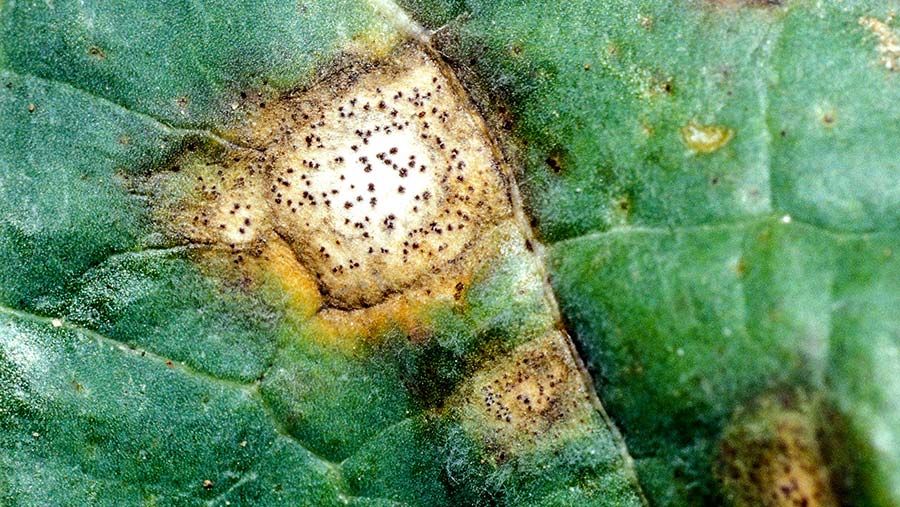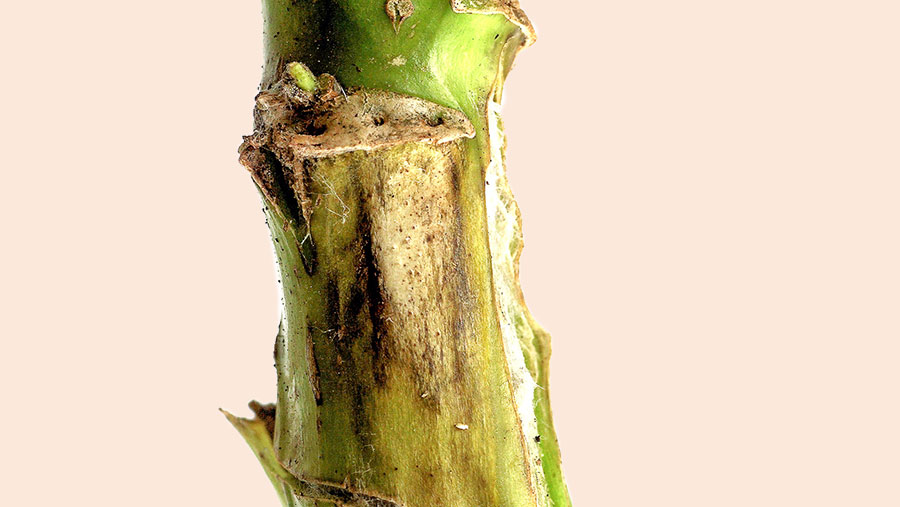
Seca de ramas y brotes
WHAT IS AND HOW TO ELIMINATE
Dieback
Phomopsis Vaccinii, Diaporthe Vaccinii
Pathogen:
Fungus
Type:
Risk to the plant:
HIGH



DESCRIPTION
WHO CAUSES IT?
Phomopsis vaccinii and Diaporthe vaccinii are pathogenic fungi responsible for the disease known as dieback in blueberries. These fungi survive in the remains of infected plants during the winter and produce spores that are released in spring and summer, when weather conditions are favorable. Spores are dispersed by wind, water and direct contact, infecting young, vulnerable plant tissues. The fungi grow and develop inside the plant, forming reproductive structures called pycnidia on the affected branches and leaves. From these pycnidia, more spores are released that can infect other parts of the plant or new plants nearby, thus perpetuating the spread of the disease. The infection process can be accelerated under conditions of high humidity and moderate temperatures, creating a favorable environment for the fungus.
SYMPTOMS
In blueberries, infection with Phomopsis vaccinii and Diaporthe vaccinii causes the disease known as dieback, which can significantly weaken plants and reduce fruit production. The disease initially manifests itself with wilting and discoloration of young leaves and branches, followed by the appearance of necrotic lesions.
- Brown or black Taches on branches and leaves.
- Withering and drying of young shoots and branches.
- Necrotic lesions that expand towards the stem.
- Premature fall of leaves.
- Reduction in the production and quality of the fruits.
- Regressive death of the branches, from the tip to the base.
- Presence of pycnidia, small black structures, on the affected branches.
- General weakening of the plant and decrease in its vigor.


TEMPERATURE AND HUMIDITY
18°C - 25°C
85% - 95%

HOW IS IT SPREAD?
Wind, irrigation water, direct contact between plants, contaminated growing tools, infected plant remains

HOW TO REMOVE IT?
Home remedies
There are no home treatments
Chemical treatments
• COPPER OXYCHLORIDE 35% (exp. in Cu) [WG] P/P
Authorized treatments in organic farming
• COPPER OXYCHLORIDE 35% (exp. in Cu) [WG] P/P
Insect allies
EFFECTIVE PRODUCTS TO ELIMINATE THIS PEST
Sponsored link
Sponsored link
Sponsored link
Sponsored link
Sponsored link
Sponsored link
Effective against all types of fungi
- Carry out regular pruning to eliminate and destroy infected parts of the plant.
- Avoid planting blueberries in areas with a history of disease.
- Ensure good soil drainage to avoid excess moisture.
- Maintain an adequate distance between plants to improve air circulation.
- Apply specific fungicides during spring and summer, when the spores are most active.
- Regularly monitor plants to detect early symptoms and act quickly.
- Avoid sprinkler irrigation, which can favor the spread of spores.
- Implement crop rotation to reduce disease pressure.
- Use blueberry varieties resistant to Phomopsis and Diaporthe.
- Clean and disinfect pruning and cultivation tools between uses to prevent the spread of the fungus.
























